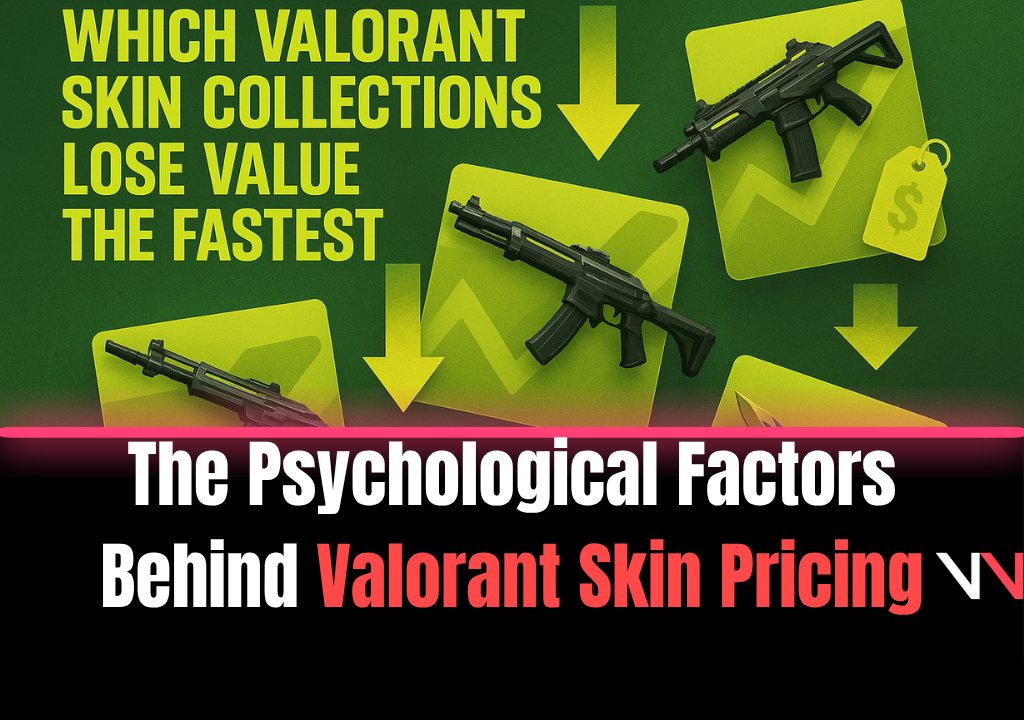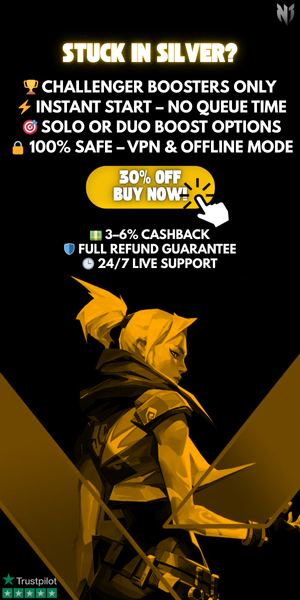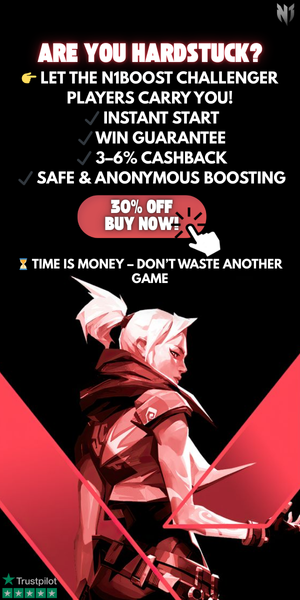The Psychological Factors Behind Valorant Skin Pricing
Introduction
In Valorant, the skin market has become a significant part of the game's economy, with certain skins commanding high prices, while others lose value quickly. But what drives the pricing of these skins, and why do some skins maintain their value while others don’t? In this blog, we will explore the psychological factors that influence Valorant skin pricing and how market demand plays a key role in determining the value of skins. Whether you're a collector or just a casual player, understanding these dynamics can help you make smarter purchasing decisions and build a more valuable skin collection.
1. The Influence of Scarcity and Exclusivity
One of the biggest psychological factors behind Valorant skin pricing is scarcity. Skins that are available only for a limited time or tied to exclusive events have higher perceived value because they are harder to obtain. This scarcity effect drives demand, as players feel that they are missing out on something special.
- Why It Matters: When a skin is limited or tied to an exclusive event, players are more likely to purchase it, knowing it won’t be available forever. This creates a sense of urgency, which drives prices higher.
- Market Impact: Exclusive skins like Valorant Champions skins or skins from special events (e.g., Glitchpop, RGX 11z Pro) often retain high value because they are no longer available for purchase, making them coveted items for collectors.
2. Social Proof and Status Symbol
In the psychology of consumer behavior, social proof plays a significant role in skin pricing. Players see others using rare or exclusive skins and feel the desire to own those same items to boost their status in the game. This leads to increased demand for those skins, pushing their prices higher.
- Why It Matters: The desire for status is powerful in gaming communities. Players often equate owning high-value skins with being more skilled or having invested more in the game.
- Market Impact: Skins that are perceived as prestigious or exclusive create a sense of belonging to a specific group. For example, owning a Champions Vandal or Prime Melee signals that you are part of the elite in the Valorant community.
3. The Placebo Effect and Perceived Value
Another psychological factor at play is the placebo effect. Many players believe that using certain skins can improve their gameplay or give them an edge. Whether or not these skins actually affect performance, the perceived value they provide to the player can drive demand and higher pricing.
- Why It Matters: The placebo effect can make players feel more confident when they use a skin they like. This boosts their enjoyment of the game and creates a psychological association between the skin and better performance.
- Market Impact: Skins that players associate with a boost in confidence—like Prime skins or Reaver skins—tend to hold their value because they not only look good but also enhance the player’s perception of their own ability in-game.
4. The Role of Trends and Popularity
In any market, trends play a crucial role in pricing. In Valorant, certain skins may become popular due to social media, streamers, or influencers using them. When a skin becomes trendy, demand surges, and its price rises accordingly. Once the trend fades, the price often drops.
- Why It Matters: Popular skins gain value quickly due to trend cycles in gaming culture. If a skin is featured in a popular streamer’s gameplay or in high-profile tournaments, its price can spike dramatically.
- Market Impact: The popularity of skins—such as those from the Glitchpop collection—can skyrocket, but they often experience significant price drops once the trend dies down.
5. Emotional Attachment and FOMO (Fear of Missing Out)
Another factor driving the value of skins is the emotional attachment players develop towards them. Players who have spent real money or invested time to unlock rare skins often form an emotional bond with them, making them unwilling to sell or part with these items. The fear of missing out (FOMO) also comes into play, particularly for skins tied to limited-time events.
- Why It Matters: Players who feel emotionally attached to their skins are less likely to sell them, increasing their scarcity and value. The FOMO effect pushes players to buy skins before they are no longer available, which can drive prices up.
- Market Impact: As the availability of certain skins decreases, the scarcity combined with emotional attachment makes these skins more valuable. This is evident in skins like Valorant Champions skins, which have a lasting emotional connection due to their significance in the game's history.
Conclusion
Understanding the psychological factors behind Valorant skin pricing can give players an edge when it comes to buying and selling skins. Factors such as scarcity, social proof, perceived value, trends, and emotional attachment all play a crucial role in determining the value of skins. By recognizing these psychological drivers, players can make smarter decisions about which skins to invest in, ensuring that they can not only enjoy the aesthetic but also make wise financial choices.
Track Your Valorant Account’s Value with ValorantValue.com
To get an accurate and up-to-date valuation of your Valorant skins and track how market demand affects their value, visit ValorantValue.com. This platform helps you monitor the worth of your account and skin collection, ensuring you stay informed about the current market trends.
Tags
Jettor
Author



